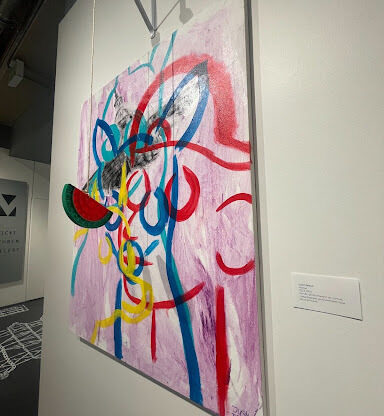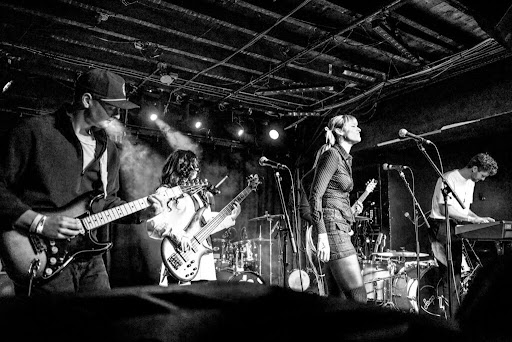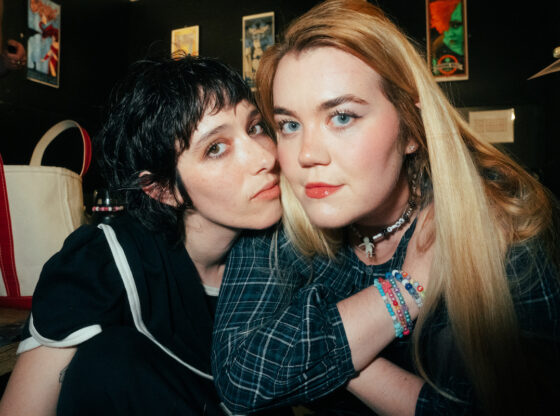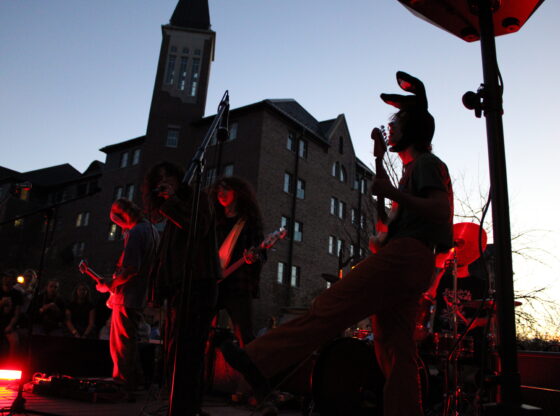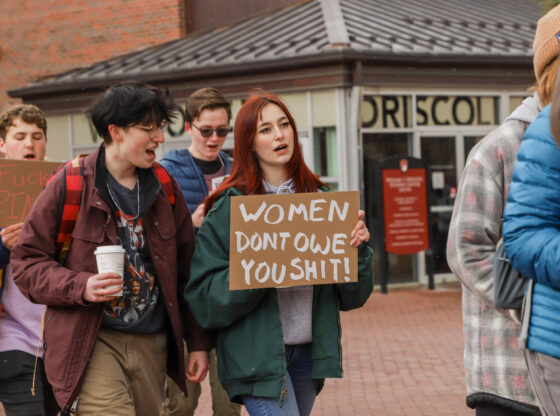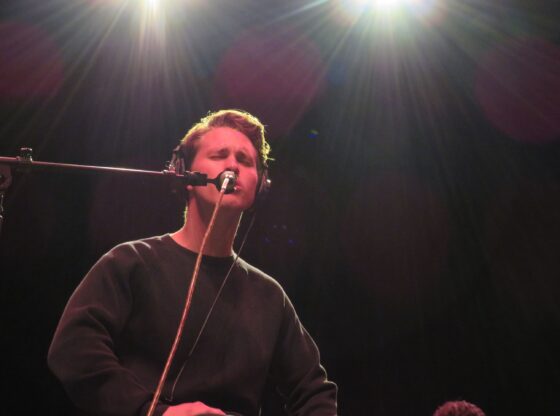While walking on stage for a soundcheck two decades ago, Nicole Barsalona is stopped by another crew member. She is mistaken for the girlfriend of one of the male artists in the band she manages.
As a woman in the music industry, this type of experience was not an anomaly to Barsalona. “The music industry was an all-boys club, and it was an intimidating and certainly toxic place to be in some ways,” Barsalona expressed.
Today, Barsalona holds the role of President at the Women in Music Organization. She found herself here because she experienced and observed the impact of gender stereotypes and discrimination in the music field.
Through her work at the organization, she hopes that “having more women in these spaces will change the dynamic” as well as “allow younger women to see themselves in the industry and inspire them to be whatever they want to be.”
This aspiration is what Women in Music is all about. The organization, which began in 1985, is a volunteer-run 501(c)3 nonprofit organization. It has chapters in areas that range from Denver to South Africa. “We’re committed to educating, empowering, and advancing women in the music industry,” Barsalona explained.
Through the efforts of volunteers and directors, as well as the support and participation of their members, Women in Music organizes educational events. They provide opportunities for women in the field to develop their careers and build connections in the industry. The organization provides panels, webinars and workshops that educate, empower and bring awareness to the need for equity within the field.
“We cover everything from how to release music without a record label to insider information about sync publishing. We do a lot of executive-level programming, discussing topics like how to negotiate for what you’re worth,” Barsalona said. She went on to explain that mentorship and internship programs are also offered to encourage career development for women.
Though gender equity is at the core of the work this organization does, its goals extend beyond this. The organization has a Diversity and Inclusion Council, which works to raise the voices of historically underrepresented groups in music.
Nikisha Bailey, co-chair of the Diversity and Inclusion council said, “What the council does is amplify voices of those you don’t necessarily hear from. Whether it’s people of color, gender-related or different minorities in our society, we look to create a space for them.”
Barsalona explained that for much of the organization’s existence, there was a dominating emphasis on gender equality. While that is still the main focus, the organization has begun to bring attention to diverse groups of women.
“This year, we did an Asian American and Pacific Islanders panel as well as a disability awareness panel for the first time. We had a bunch of content around being a Black woman in music and Pride month. Our core values are not just around gender equity. We’re trying our best every day to represent people across the board in the industry and funnel a more inclusive group of people into the business,” Barsalona said.
Next month marks the organization’s 35th year of operation. Despite the restrictions brought on by COVID-19, those involved are still planning to celebrate this milestone.
“Celebrating our volunteers and the community of people who put so much work into highlighting this incredible programming is one of my biggest goals for the 35th anniversary,” Barsalona explained.
Barsalona explained that while the celebration will be held virtually, there will be opportunities for members to engage with one another. Breakout rooms will be coordinated so that people from various chapters can converse and celebrate in conjunction with one another. Additionally, members will be joined by keynote speakers that the organization has recruited in order to give change-making women the recognition they deserve.
A study conducted by the University of Southern California’s Annenberg Inclusion Initiative in February of 2019 found that women make up 21.7% of artists, 12.3% of songwriters and a mere 2.1% of producers. Although women remain a minority in the music industry, these proportions are an improvement from when the Women in Music organization first began.
“From the ‘80s until now, you see a revolution of women in the music industry. We have come a long way. There are obviously still ways to go. But I think the anniversary is important because it is a very invigorating time to be a woman in the music industry, knowing you are shattering those glass ceilings,” Bailey described.
35 years is still relatively young for an organization. Yet Barsalona sees this as inspiration as opposed to a drawback. She has many goals in mind for the future of the organization. Barsalona expressed, “In 35 more years, we hope to not only be fighting for inclusivity for women and non-binary individuals but do work that becomes more supportive for everyone and breaks boundaries in terms of how we think about gender norms in the workplace.”
Anyone interested in getting involved in the music industry is welcome to join Women in Music in celebrating their first 35 years, as well as participating in the work they do. Barsalona and Bailey both expressed their enthusiasm for student involvement. The organization is open to any student participation and encourages people of any age and gender to reach out to their local chapter.
If you are interested in getting involved or learning more about the organization, visit www.womeninmusic.org for more information.




